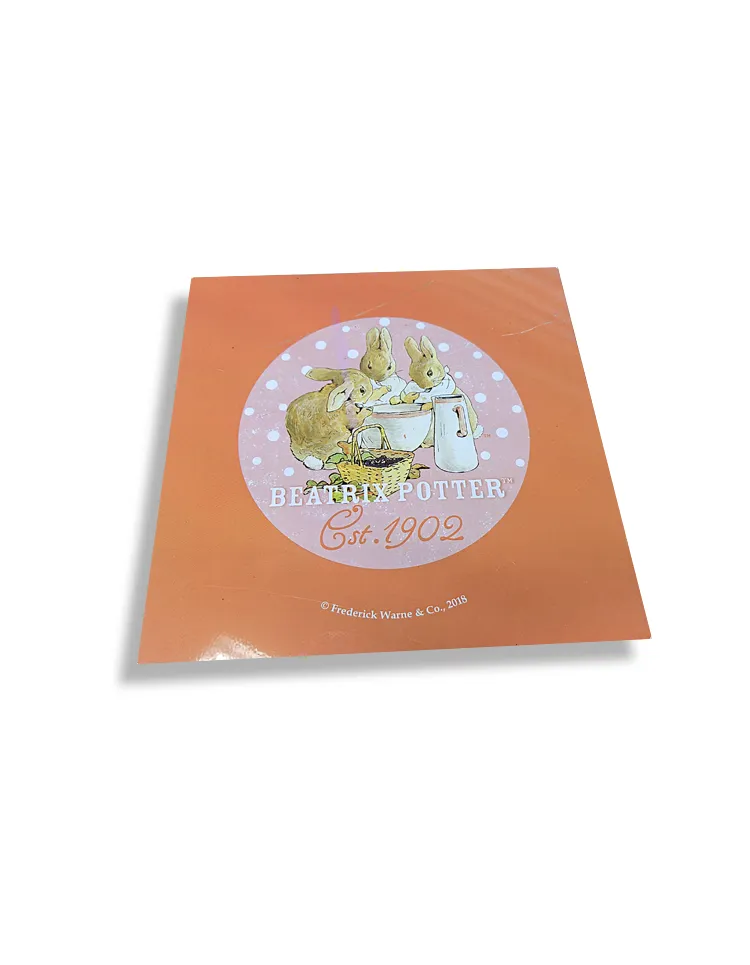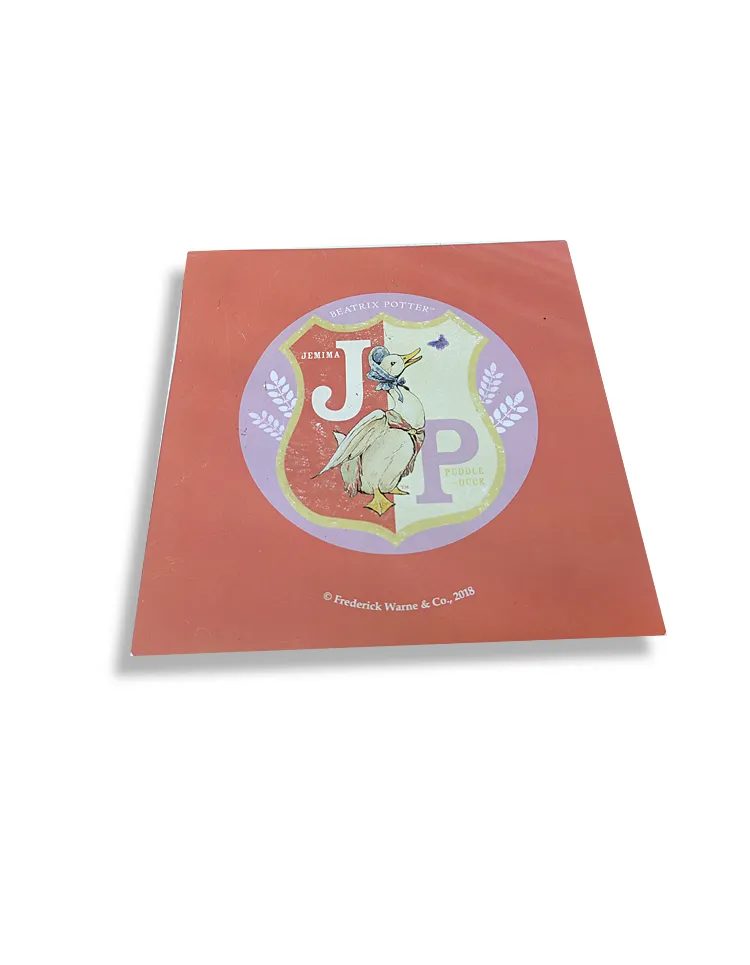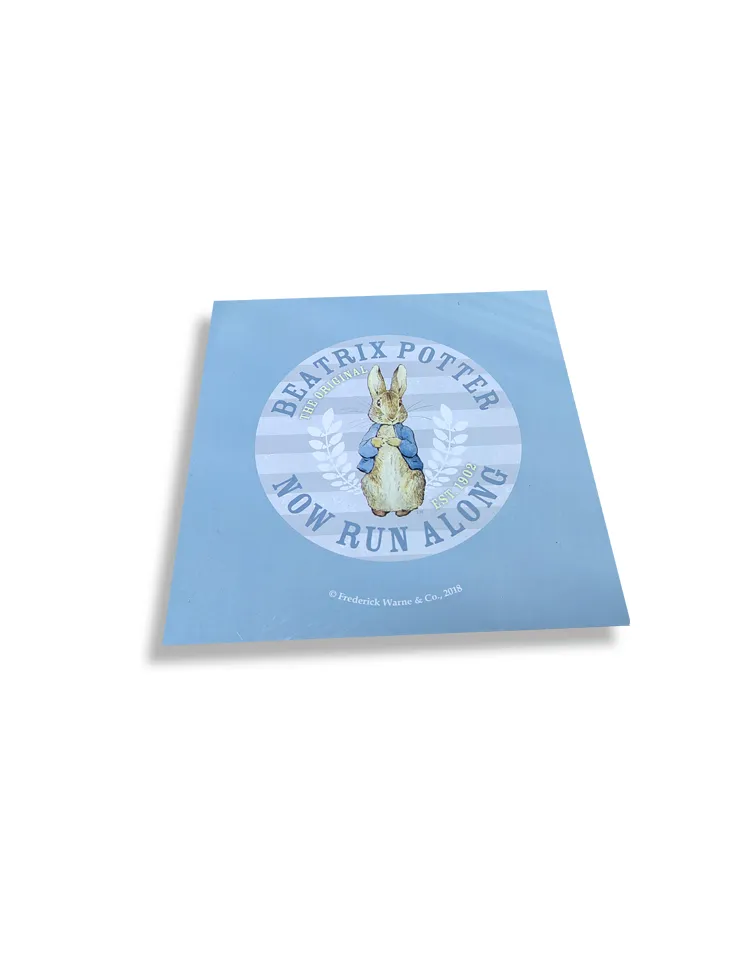As a material widely used in food, beverage, chemical product packaging and printing, tinplate is widely favored for its excellent corrosion resistance and mechanical strength.
However, how to ensure the safety of printing tinplate sheets is an issue that every manufacturer must take seriously. From the selection of raw materials to the control of production processes to the quality inspection of finished products, every link is crucial.
This article will explore in depth how manufacturers ensure the safety of printing tinplate sheets and reveal the rigor and science behind this industry.

Strict raw material selection
The safety of printing tinplate sheets first depends on the raw materials selected. Manufacturers must select high-quality raw materials that meet international standards to ensure the basic quality of each piece of tinplate.
1. Steel selection: Manufacturers should choose high-strength, low-carbon high-quality steels that not only have good mechanical properties, but also provide good adhesion and corrosion resistance in the subsequent tinning process.
2. Tin quality: The tin material used for tinning must be of high purity and low impurity content. High-purity tin can form a uniform and dense coating to effectively prevent corrosion.
3. Ink and coating: The ink and coating used in printing tinplate sheet must meet food-grade safety standards, especially for products used in food and beverage packaging. It must be ensured that the ink and coating are non-toxic and harmless and comply with relevant food safety regulations.
Strict production process control
During the production process, manufacturers need to ensure the safety and quality of printing tinplate sheet through a series of strict process controls.
1. Surface treatment: Before printing, the tinplate substrate needs to undergo a series of surface treatment processes, such as cleaning, degreasing, phosphating, etc. These processes can remove oil and impurities on the surface of the substrate and enhance the adhesion of ink and coating.
2. Accurate printing process: Accurate control of the printing process is essential. Manufacturers should use high-precision printing equipment and technologies, such as offset printing and gravure printing, to ensure clear patterns and full colors, while avoiding safety hazards caused by uneven printing.
3. High-temperature baking and curing: After printing, the ink must be cured by high-temperature baking. The curing process not only enhances the wear resistance and stability of the ink, but also ensures that the pattern does not fall off or change color in a high temperature environment.
4. Coating a protective layer: To further improve the durability and safety of the printing tinplate sheet, manufacturers usually apply a layer of transparent protective paint on the surface of the printed pattern. The protective paint not only prevents scratches and corrosion, but also provides an additional barrier to prevent harmful substances from penetrating.

Comprehensive quality inspection
Quality inspection is an important part of ensuring the safety of printing tinplate sheets. Manufacturers must establish a complete quality inspection system and conduct strict inspections on each batch of products to ensure that they meet relevant standards and customer requirements.
1. Physical performance inspection: Test the physical properties of tinplate, such as thickness, hardness, and tensile strength, to ensure that it can withstand external pressure and impact during use and is not easy to deform and break.
2. Anti-corrosion performance inspection: Test the anti-corrosion performance of tinplate through methods such as salt spray test to ensure that it is not easy to rust and corrode in a humid environment.
3. Adhesion test of ink and paint: Test the adhesion of ink and paint through methods such as cross-cut test to ensure that it is not easy to fall off and peel off during use.
4. Food safety testing: For printing tinplate sheets used for food and beverage packaging, food safety testing must be carried out to ensure that the content of harmful substances in inks and coatings meets food-grade safety standards.
Strict production environment management
The management of the production environment is also a key factor in ensuring the safety of printing tinplate sheets. Manufacturers need to take a series of measures to keep the production environment clean and safe to prevent pollution and safety accidents.
1. Clean production environment: Clean the production workshop regularly to prevent pollutants such as dust and oil from entering the production process. In particular, the printing and coating processes need to be carried out in a dust-free workshop to ensure the cleanliness of the product surface.
2. Environmental monitoring system: Install an environmental monitoring system to monitor the temperature, humidity, air quality and other parameters of the production workshop in real time to ensure that they meet production requirements and avoid product quality problems caused by environmental factors.
3. Safety production management: Establish a complete safety production management system, conduct regular safety training for employees, improve their safety awareness and operating skills, and prevent accidents during the production process.
Continuous technological innovation
Technological innovation is the driving force for improving the safety and quality of printing tinplate sheets. Manufacturers need to continuously develop and introduce advanced technologies to improve product performance and safety.
1. Application of new materials: Research and apply new environmentally friendly materials, such as nano coatings, self-cleaning coatings, etc., to further improve the anti-corrosion performance and environmental protection of printing tinplate sheet.
2. Intelligent manufacturing technology: Introduce intelligent manufacturing technology, such as automated production lines, robot operations, etc., to improve production efficiency and product quality stability.
3. Green manufacturing process: Optimize manufacturing processes, reduce energy consumption and pollution emissions, achieve green manufacturing, and improve product environmental performance and market competitiveness.

Comprehensive customer service
High-quality customer service is also an important part of ensuring the safety of printing tinplate sheet. Manufacturers need to maintain close communication with customers, understand their needs and feedback, and continuously improve products and services to ensure customer satisfaction.
1. Pre-sales service: During product design and production, manufacturers should fully communicate with customers, understand their specific needs, provide professional advice and solutions, and ensure that products can meet customer requirements.
2. After-sales service: Establish a complete after-sales service system, handle customer feedback and complaints in a timely manner, solve problems encountered during use, and ensure customer experience and satisfaction.
3. Technical support: Provide comprehensive technical support and training to help customers understand and master the use and precautions of printing tinplate sheet, ensure that it can be operated correctly during use, and avoid safety problems caused by improper operation.

Conclusion
In summary, manufacturers ensure the safety and quality of printing tinplate sheet through strict raw material selection, precise production process control, comprehensive quality inspection, strict production environment management, continuous technological innovation and comprehensive customer service.

